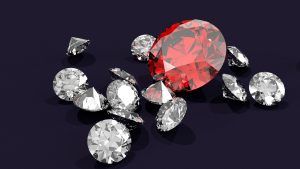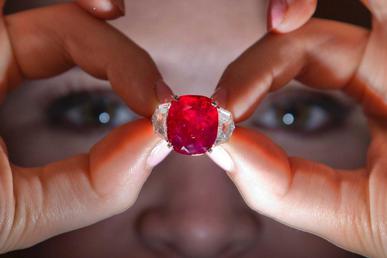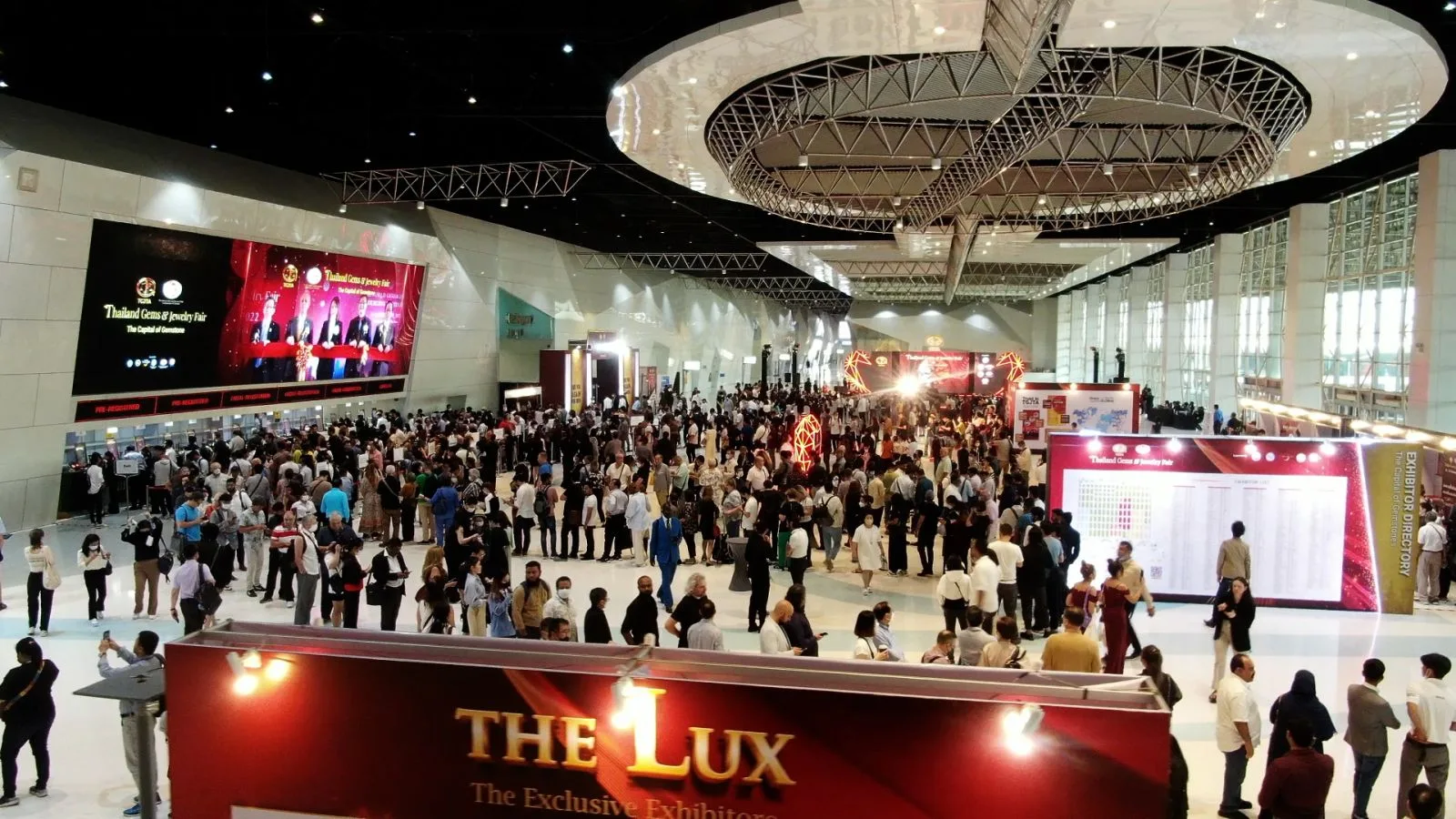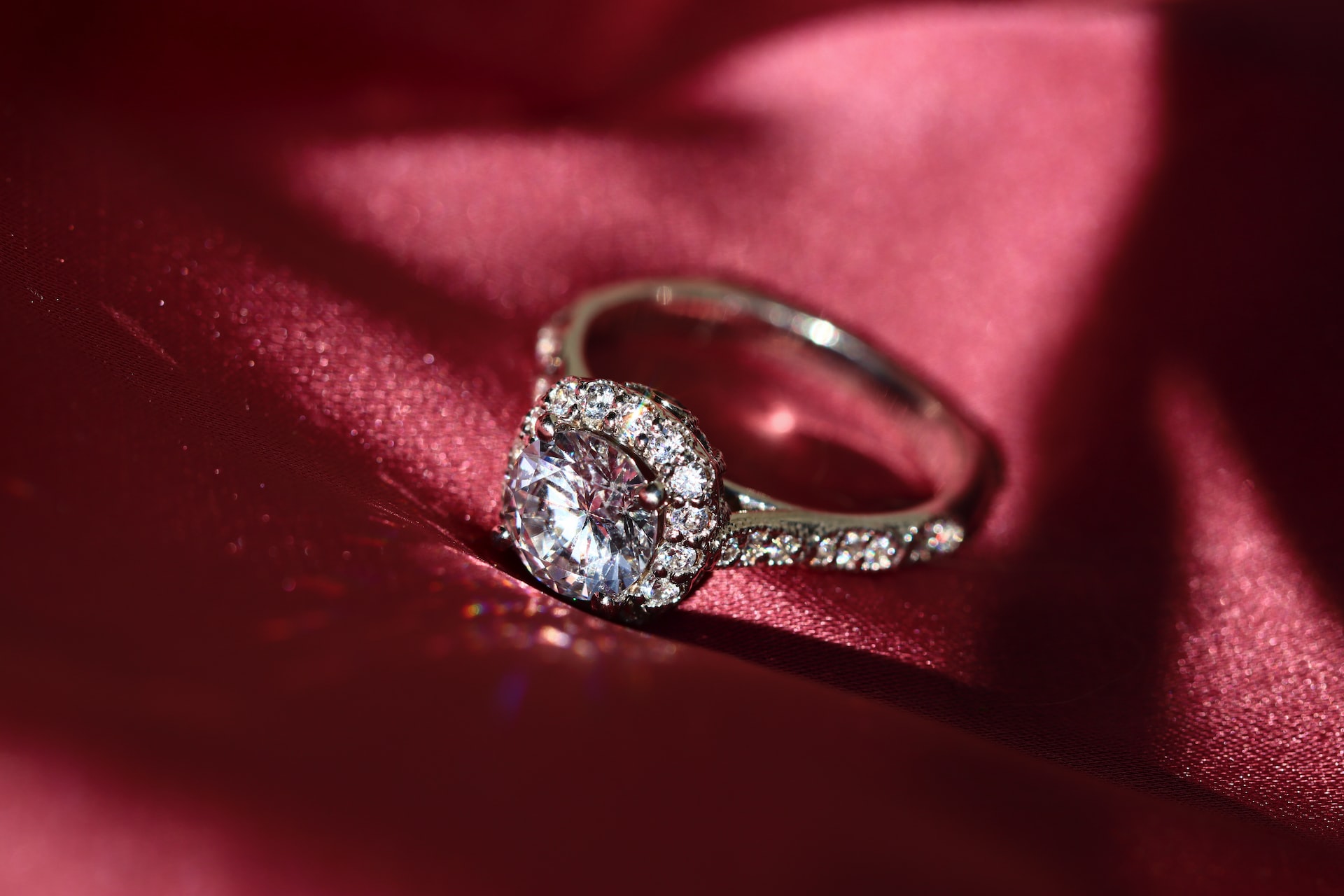Do diamonds produce rainbow colors?
Do diamonds produce rainbow colors? Keep reading this article for some amazing facts related to this question. Diamonds are well known for their beauty, despite the fact that they are one of the hardest materials. The sparkle of a diamond must be what sets it apart. Depending on the lighting, each diamond will shine in a different way.
However, there is a concern: Are real diamonds comparable to rainbows? The response is extremely intriguing: The diamond’s interior should be Gray because its exterior reflects a rainbow onto other surfaces. Everything you need to know about diamond sparkles is covered in this article. Let’s get started now without further ado.
Diamonds are able to reflect light back to the person who is looking at them, making them sparkle. A diamond will appear more sparkling the more its facets reflect light. Diamonds are cut into a variety of shapes and facets to give them a sparkling appearance. When it reflects light from one area of the diamond to another, each of these facets acts like a mirror.
The diamond then has a stunning sparkle because the light reflects back at it. It is essential to define “sparkle” because well-cut diamonds can reflect a variety of light sources. The ability of this diamond is frequently referred to as brilliance and fire. Diamonds shine because of their ability to reflect white light. A diamond’s brilliance is directly proportional to the amount of white light it can reflect back to the viewer from its table. Diamonds sparkle and appear particularly impressive and stunning because of this.
Even in the best lighting, a poorly cut diamond will appear lifeless and dim. A diamond’s ability to disperse colored light is called fire. A diamond with a lot of fire might reflect colors in a different way, making it look more beautiful. Any spectral color, including red, orange, yellow, green, blue, and violet, can represent fire.
Diamonds with cuts that are either too shallow or too deep will not be able to properly reflect colored light, and as a result, they will appear flat. The ability of a diamond to reflect light is the final indicator of its sparkle: A diamond-bearing individual or a light source moves when it moves. Scintillation is the name given to this factor. The areas of a diamond with high scintillation almost never lack sparkle.
Finally, a diamond’s capacity to absorb, refract, and reflect light is affected by polish. The diamond will sparkle more if it is polished to a higher level. Diamond cuts with fewer facets typically have lower brilliance than cuts with more facets. For optimal light reflection and brilliance, some diamond cuts are specifically designed to have the ideal number of facets.
- As a result, are rainbow flashes blinding you?
Because they are so brilliant, the majority of synthetic diamonds appear too good to be true. Does your stone appear to reflect a lot of the rainbow’s colors and be very bright? Cubic zirconia is most likely the material. Diamonds made from real stones are brilliant, but they are much less noticeable than diamonds made from materials that are made up of synthetic materials.
- Are you seeing fog?
Breathing on your stone is the simplest home test. If your stone gets a lot of fog and takes a long time to evaporate the condensation, it probably is fake. While the condensation quickly dissipates, genuine diamonds do develop a slight cloudiness.
- Is it frequently moved around?
Keep in mind that diamonds are the hardest material on the Mohs Hardness Scale, so it is nearly impossible to scratch them unless another diamond scratches it first. Take a knife and lightly scratch the surface of your stone if you’re willing to take the risk. The stone is fake if it immediately scratches. The diamond is real if there is no scratch on it!
- Is it brittle when heated?
Again, a straightforward hot/cold test can tell you if your stone is real or fake if you’re willing to take the risk. Drop your stone into a cold glass of water after holding it over a flame. Your synthetic stone will break if it does. Extreme temperatures will not harm a genuine diamond.
- Is it in the air?
You have a less risky choice here! In a glass of water, place your stone. It is synthetic if it even slightly floats. Diamonds of any kind always shatter.
- Does the tool test go well?
A diamond selector tool, which can be purchased on Amazon, is the most accurate method for determining whether your diamond is genuine or fake at home. When the small device comes into contact with the stone, it immediately determines whether it is real or fake.
- Has a jeweler given their approval?
To tell if a stone is real or fake, it may take years of experience and expensive equipment. Therefore, taking the stone to a reputable jeweler is the best and safest option. They will have the expertise, tools, magnifying equipment, and knowledge to provide you with accurate information.












